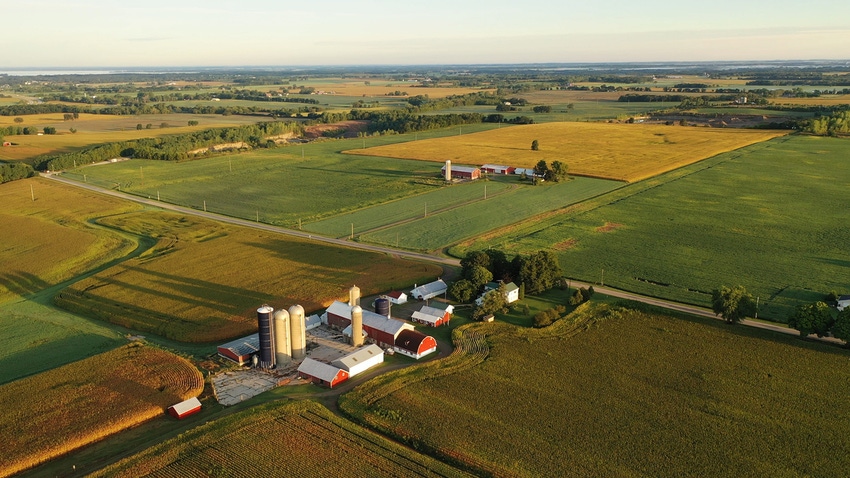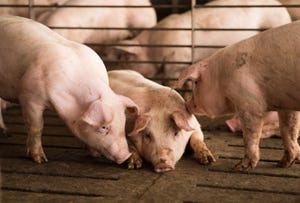FAPRI-MU Outlook forecasts price retreat for most commodities
Net farm income likely to fall and consumer food price inflation to slow.

How do abnormal weather conditions, animal health outbreaks and global conflict impact U.S. agricultural markets? The Food and Agricultural Policy Research Institute at the University of Missouri (FAPRI-MU) has just released its annual U.S. Baseline Outlook report. The report includes projections for agricultural and biofuel markets and serves as a point of reference for evaluating alternative scenarios for agricultural policy.
“What goes up, generally comes back down in agricultural markets,” FAPRI-MU director Pat Westhoff said. “Projected prices for most crops, poultry and dairy products all retreat in 2023 from recent peaks, and so do some production expenses.”
Based on projections from the report, Westhoff believes that after atypical conditions, a return to normalcy will impact producers and consumers alike.
“Net farm income is likely to fall back from the record levels of 2022 and consumer food price inflation is also likely to slow in 2023,” Westhoff said.
Consumer food price inflation jumped to 9.9% in 2022 as farm commodity prices rose, labor and other costs increased, supply chain problems continued, and consumer demand was strong. Price increases have slowed in recent months, and the projected annual increase in consumer food prices is 4.4% in 2023 and under 2% in 2024.
Lower prices ahead in 2023 and beyond
If weather conditions allow crop yields to return to trend-line levels in 2023, prices for corn, soybeans, wheat, cotton and many other crops are likely to fall. The report suggests that over the next ten years, average nominal crop prices will be much lower than they have been in 2022/23. The average corn price over the next ten years is forecast at $4.36/bushel (bu.) while the average soybean price is forecast at $10.93/bu.
Although higher fertilizer, fuel and feed costs contributed to a very sharp increase in farm production expenses in 2022, the report projects a smaller increase in 2023. Production cost should decline further in 2024 and 2025 on some lower input prices.
On the livestock side, the report relayed that cattle, hog, poultry, and milk prices all increased in 2022. High feed costs, drought, and avian influenza limited supplies, and consumer demand generally continued to be strong. In 2023, however, most projected livestock sector prices are expected to fall as supplies rebound and demand growth slows. The one major exception, the report added, is cattle, where drought-reduced inventories reduce the number of animals available for slaughter.
“The largest decline in beef production since 2014 will outweigh modest pork production growth in 2023, leaving combined beef and pork output at its lowest level since 2018,” the report noted.
The average fed cattle price for the next ten years is forecast at $155.40/cwt., but the report suggested fed steer prices could set a record high in 2023. The average price of live equivalent 51-52 lean hogs is expected to average $56.29/cwt. while broiler prices are expected to average at $107.27/lb. The ten-year average all milk prices is forecast at $20.28/cwt.
About the Author(s)
You May Also Like





